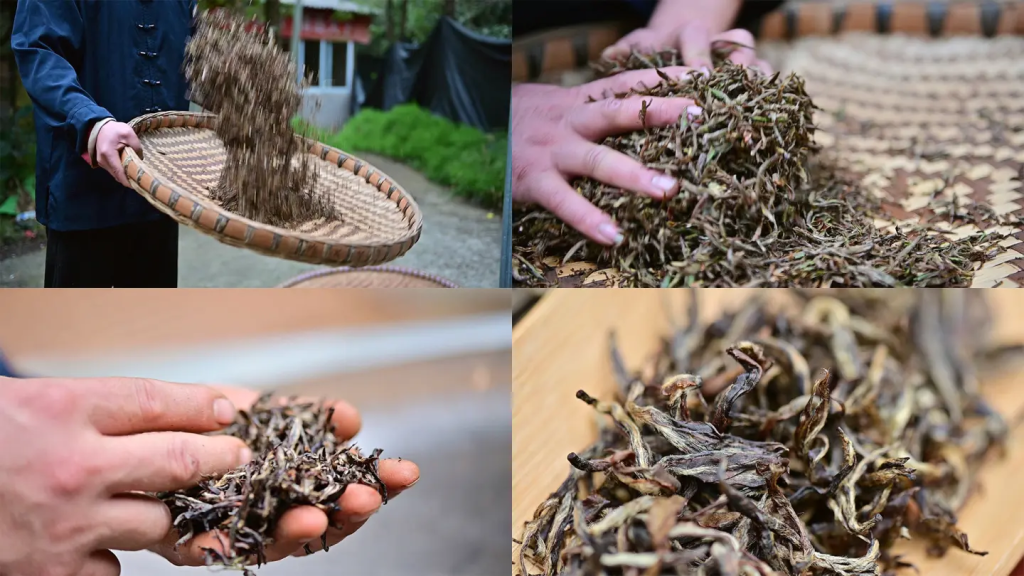In the vast realm of teas, Oolong tea and Black tea stand out as two distinct and delightful beverages, each with its own unique characteristics and appeal. While both teas are derived from the Camellia sinensis plant, their production processes, flavors, and appearances vary significantly, offering tea enthusiasts a diverse range of tastes and aromas to explore.

Production Processes: A Tale of Oxidation
The primary distinction between Oolong tea and Black tea lies in their oxidation levels. Oolong tea falls into the category of semi-oxidized teas, meaning that its leaves undergo partial oxidation during processing. This semi-oxidation results in a tea that combines the freshness and vibrancy of green tea with the depth and richness of fully oxidized Black tea. The degree of oxidation can vary widely among different types of Oolong tea, creating a spectrum of flavors and aromas.
On the other hand, Black tea is fully oxidized, meaning that its leaves undergo a complete oxidation process. This results in a tea with a robust, bold flavor and a deep, reddish-brown color. The oxidation process for Black tea typically involves exposing the leaves to air, allowing enzymes to break down chlorophyll and produce the characteristic taste and color of Black tea.
Flavor Profiles: A Symphony of Tastes
The flavor profiles of Oolong tea and Black tea are as distinct as their production processes. Oolong tea offers a harmonious blend of fresh, floral notes with hints of roasted nuts or honey, depending on the specific type. Its aroma is often described as complex and inviting, with a balance of sweetness and earthiness. The taste can range from light and refreshing to rich and full-bodied, making it a versatile choice for a wide range of tea lovers.
Black tea, on the other hand, is known for its bold, robust flavor with notes of caramel, wood, and sometimes a hint of smokiness. The aroma of Black tea can be quite strong, with hints of wet leaves and aged wood. Its taste is often described as intense and satisfying, with a slight astringency that some tea enthusiasts find appealing. The variety of Black tea flavors is vast, ranging from sweet and floral to malty and robust, catering to different tastes and preferences.
Appearance: A Visual Feast
The appearance of Oolong tea and Black tea also differs significantly. Oolong tea leaves are often twisted or curled, with a more open and airy appearance. Their color can vary widely, from dark green to brownish-red, depending on the degree of oxidation. When brewed, Oolong tea typically has a golden or amber hue, with a clear and transparent appearance.
Black tea leaves, on the other hand, are often dark brown or black in color, with a slightly shiny appearance. When brewed, Black tea has a deep reddish-brown or black color, with a rich and full-bodied texture. The color and clarity of the brewed tea can reflect the quality and freshness of the leaves, as well as the skill of the tea maker.
Conclusion: A Celebration of Diversity
In conclusion, Oolong tea and Black tea offer a delightful and diverse range of flavors, aromas, and appearances to explore. While both teas are derived from the same plant, their distinct production processes and characteristics make them unique and appealing in their own right. Whether you prefer the fresh, floral notes of Oolong tea or the bold, robust flavor of Black tea, there is a tea out there that will suit your taste and satisfy your palate. So, why not embark on a flavorful exploration of these two distinct and delightful teas and discover your new favorite brew?



